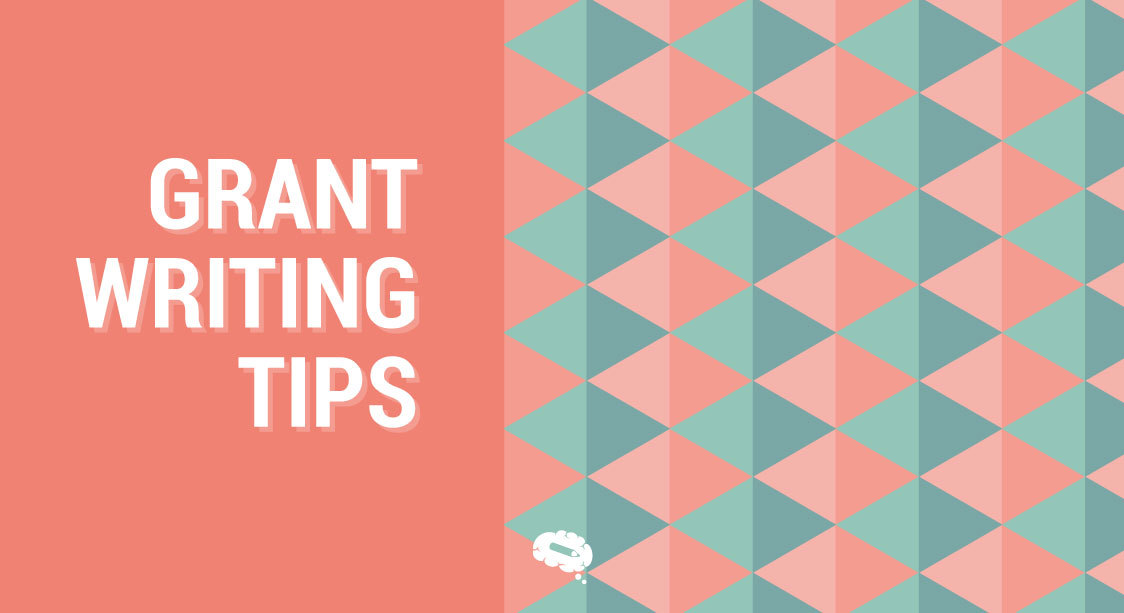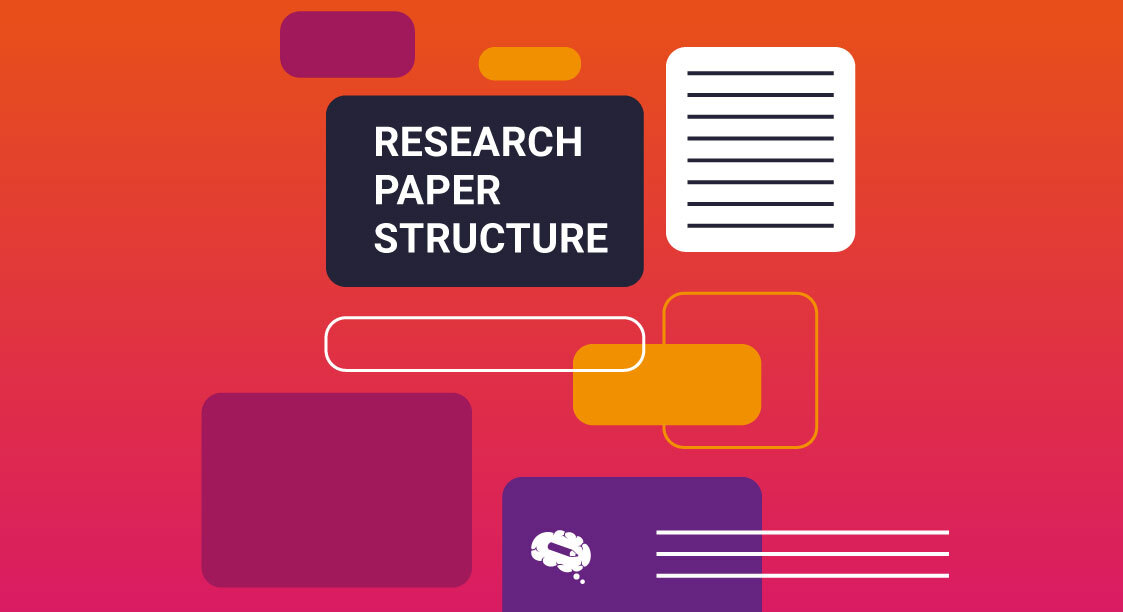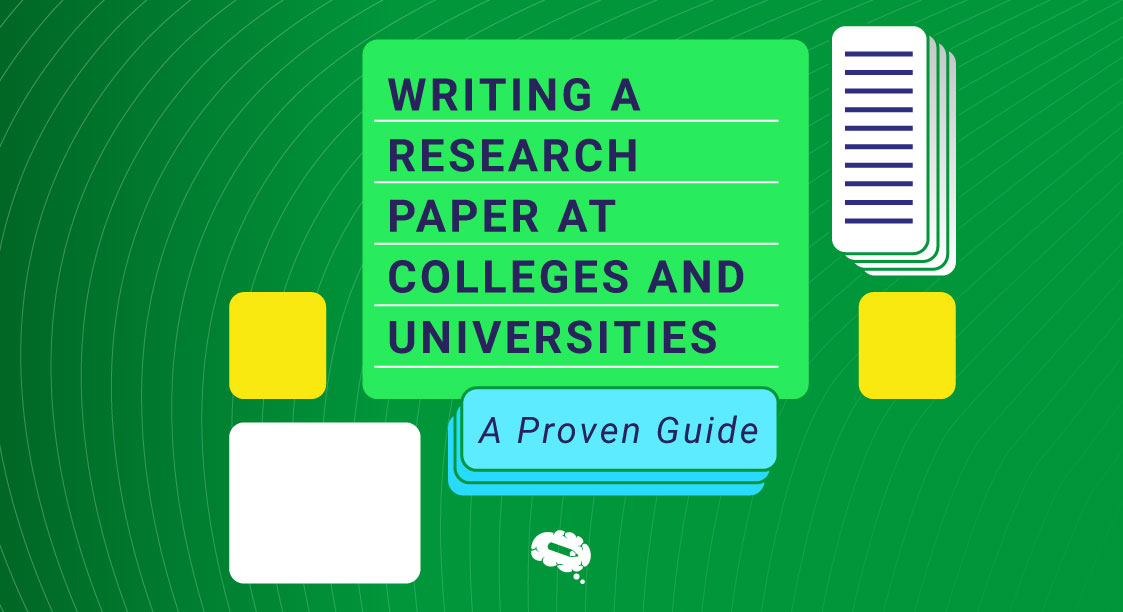Welcome to our comprehensive guide on grant writing tips! Securing funding through grants can be a challenging but rewarding endeavor for any organization or individual. Whether you’re a nonprofit seeking support for a community project, a researcher aiming to advance scientific discovery, or an entrepreneur looking to launch a new venture, mastering the art of grant writing is essential. In this article, we’ll share expert insights and proven strategies to help you navigate the grant writing process with confidence and increase your chances of success. From crafting compelling proposals to understanding funder expectations, we’ve got you covered with practical advice to enhance your grant writing skills. Let’s dive in and unlock the secrets to securing the funding you need to bring your vision to life.
Introduction To Grant Writing

Grant writing is the process of drafting a proposal for funding from organizations, government agencies, or foundations. It can seem like an intimidating task, but with the right approach and tools, it can become more manageable. In this article, we will discuss some tips to help you write effective grant proposals. We will cover the importance of grant writing, the steps to create a successful proposal, and suggest some useful tools for your grant writing process.
To begin with, let’s define what exactly is meant by “grant writing”. Grant writing refers to the act of preparing and submitting proposals to secure funding from organizations or foundations. This needs background research on the subject and the interests of the funding agencies. Once obtained these funds are then used towards various projects such as research studies or community programs. But why is effective grant writing important? Well, it allows researchers and project managers to access necessary resources that may not be available otherwise. This enables them to carry out their work effectively without financial constraints. A grant proposal is the reflection of the researchers’ thoughts for funding agencies and thus needs to be molded properly. It needs to ensure the granting institution that the researchers are capable and at the same time, the said research is needed by the world in more than one way.
Related article: Funding for Research — Why, Types of Funding, When, and How?
A well-written grant proposal would not only convince funders about the importance and feasibility of your project but also set clear goals and objectives that make monitoring easier once you receive the funds. Let us walk through the process and clarify some dos and don’ts of research grant writing.
Understanding The Grant Application Process
Delivering an efficient grant request starts with researching the needs of the funders and knowing their area of interest. Various corporate companies, NGOs, and government agencies have their web pages to explain their research needs. It’s always good to keep an eye on their websites or subscribe to their feeds/newsletters to stay updated with grant applications and their deadlines.
Reading And Analyzing Grant Guidelines
Start by reading the grant guidelines carefully from beginning to end. Pay close attention to each section, including the introduction, eligibility criteria, application instructions, evaluation criteria, and any specific requirements outlined by the funder. Use a highlighter or take notes to identify and emphasize key requirements, deadlines, and criteria specified in the guidelines. This will serve as a reference as you prepare your proposal. Take note of any eligibility criteria, including geographic focus, types of organizations eligible to apply, and specific project requirements. Ensure that your project and organization meet all eligibility criteria.
Identify the criteria the reviewers will use to evaluate proposals. Tailor your proposal to address these criteria explicitly, showcasing how your project aligns with the funder’s expectations.
Following Instructions And Meeting Deadlines
Look for any special instructions or additional information requested by the funder. Failure to comply with specific instructions could result in your proposal being disqualified. Understand the step-by-step application process outlined in the guidelines. Identify any required forms, attachments, or supporting documents. Note the format and structure expected for the proposal. If any part of the guidelines is unclear or if you have questions, don’t hesitate to contact the funder for clarification. It’s better to seek clarification early in the process than to submit an incomplete or incorrect application.
Writing A Compelling Needs Statement

A compelling needs statement is a crucial part of any grant proposal. It serves to clearly and persuasively articulate the problem or need that your project aims to address. Begin your needs statement with a powerful and attention-grabbing introduction. Clearly state the issue or problem your project is addressing in a way that captures the reader’s interest. Clearly define the problem or need that your project aims to solve. Use specific and measurable terms to describe the issue, providing context and background information. Use data and statistics to support your claims. Offer context and explain why the identified problem is significant. Provide historical, social, or economic context to help the reader understand the depth and scope of the issue.
Support Your Statements With Reliable Data And Evidence
Use statistics, research findings, and real-life examples to underscore the urgency and importance of the identified need. While data is crucial, it also appeals to the emotions of the reader. Share compelling stories or case studies that illustrate the human impact of the problem. Help the reader connect emotionally with the individuals or communities affected. If applicable, emphasize any disparities or inequities related to the problem. Explain how certain groups or communities are disproportionately affected, emphasizing the importance of addressing these disparities.
Setting Clear Objectives And Outcomes
Clearly articulate how addressing the identified need aligns with the mission and goals of your organization. Demonstrate the relevance of your project in contributing to positive change. Clearly outline the consequences of not addressing the identified need. Help the reader understand the potential negative outcomes if action is not taken, emphasizing the urgency of your project.
Write in clear, concise language. Avoid jargon or overly technical terms that may confuse the reader. Ensure that your needs statement is accessible to a wide audience. While the needs statement primarily highlights the problem, subtly introduces the idea of your project as a solution. Begin to set the stage for how your organization is uniquely positioned to make a positive impact. After writing the needs statement, review and revise it carefully. Ensure that every sentence contributes to the overall impact and persuasiveness of your argument. Seek feedback from others to get different perspectives.
Developing A Realistic Budget
A comprehensive budget helps demonstrate how much money is required for each aspect of your proposed project. People love numbers because they are easier to understand rather than abstract ideas. Besides estimating costs accurately, you should always show that you have a complete understanding of the goals and objectives specified by each grant.
A well-developed budget shows funders that you have carefully considered every aspect of your project’s expenses and how they will be covered through their support. Be realistic yet detailed while outlining costs related to personnel salaries/benefits, supplies/materials/equipment rental fees/travel expenses/consultant services/software development/marketing/public relations/governmental filing fees/licenses/professional subscriptions/depreciation charges/amortization schedules/utilities/etcetera/.
Demonstrating Impact and Community Benefit
Remember that a compelling needs statement not only informs the reader but also motivates them to support your project. Make a strong case for why your research is uniquely positioned to address the identified need and demonstrate the positive impact that your project will have.
Networking At Conferences And Events
Explore other avenues of support beyond traditional grants, such as sponsorships, partnerships, and collaborative initiatives. Some funders may prefer non-financial contributions or in-kind support. Connect with peers and colleagues in your field or sector. Attend conferences, workshops, and networking events to build relationships with individuals and organizations that may have insights into potential funders. Join relevant social media groups, forums, and online communities related to your field. Engage in discussions, share your organization’s achievements, and learn from the experiences of others. Explore memberships in professional associations or industry groups. These organizations often provide resources, networking opportunities, and insights into potential funders within your sector.
Grant Writing Tips: Common Mistakes To Avoid
- Misunderstanding the Funder’s Goals and Priorities
- Overlooking Required Documentation
- Using Inconsistent or Inaccurate Language
- Failing to Provide Clear and Convincing Evidence
Resources And Tools For Grant Writers
For people living in the US, Websites like Grants.gov provide comprehensive databases with details on different types of funding opportunities offered by government agencies at all levels – federal, state,and local. These websites also provide crucial information regarding eligibility criteria, application requirements, and deadlines for submission. One should carefully review these guidelines before starting any further planning so that there are no surprises later on. The next stage involves understanding each source’s priorities, research interests, budget limitations, etc. Following is the list of ten websites providing details for various funding opportunities.
- Grants.gov
- A comprehensive source for finding federal grants in the United States.
- GlobalGiving.org
- Connects nonprofits, donors, and companies in nearly every country to support various projects.
- The Foundation Center (now Candid)
- Candid provides a wealth of information on foundations and their grants, including a global database.
- Idealist
- Idealist is a platform that connects individuals with opportunities, including grants and funding for projects worldwide.
- European Funding Guide
- Focuses on funding opportunities in Europe for students, researchers, and organizations.
- FundsforNGOs
- A platform providing information on grants and resources for NGOs globally.
- Devex
- Devex is a media platform for the global development community, and it also features a job and funding database.
- GrantSpace
- A service of Candid, GrantSpace provides resources and information to support the social sector.
- Open Society Foundations
- The Open Society Foundations provide grants for projects and initiatives worldwide, focusing on justice, governance, and human rights.
- AidData
- AidData focuses on tracking and visualizing international development finance, including grants from various organizations.
Professional Development Workshops And Training Programs
Professional development workshops and training programs offer invaluable opportunities to enhance grant writing skills and significantly improve one’s ability to secure funding. By actively participating in these programs, individuals can gain insights into the latest trends, best practices, and strategies in the dynamic field of grant writing. Workshops often provide hands-on exercises, real-world case studies, and feedback from experienced instructors, allowing participants to refine their proposal writing techniques. Moreover, these events foster networking with peers and experts, creating a supportive community where knowledge is shared. Attending training programs can demystify the grant application process, offering guidance on navigating various funding landscapes and understanding funders’ expectations. Through continuous learning in professional development settings, individuals can stay updated on emerging grant writing methodologies, compliance requirements, and innovative approaches, ultimately increasing their proficiency and success in securing funding for meaningful projects.
Conclusion For Grant Writing Tips
Grants can open new avenues for research and improve the funds for your labs. It is important to understand the structure of the grant application and adhere to the requirements for funding agencies. Grant writing gives opportunity to the research community to translate their ideas and deliver breakthroughs in the field. Expand your wings and reach out for the best.
Struggling To Brainstorm Ideas For Your Infographic?
Look no further! Mind the Graph provides a solution with its extensive library of scientific illustrations, icons, and images. With customizable templates tailored to various scientific disciplines like biology, medicine, chemistry, and physics, Mind the Graph empowers scientists to craft engaging and informative visuals for their research. Whether you’re facing a creative block or seeking to simplify complex concepts, the platform’s pre-made templates and customizable graphics offer invaluable support for researchers. Sign up for free and start now!

Subscribe to our newsletter
Exclusive high quality content about effective visual
communication in science.





